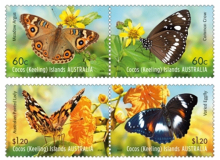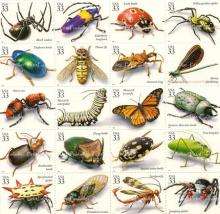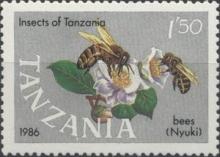How important are neonicotinoid seed treatments for agriculture?
Agronomist Palle Pedersen, technology manager for seed care at Syngenta, says that treated corn seed produces an extra 9 bushels an acre above a national average of about 160. “We’ve seen a dramatic yield increase,” he says. But researchers studying soybeans and other major crops have found treated seeds can come up short. A 2-year trial of treated soybeans in South Dakota, for example, found no yield benefit. Insecticide concentration in the plants was too low by the time the major pest, aphids, arrived, according to a study published last year in the Journal of Pest Science by Jonathan Lundgren of the U.S. Department of Agriculture in Brookings, South Dakota. He says that his findings mirror those of other trials. A worrying postscript: The neonicotinoids also harmed predators of the aphids, such as omnivorous pirate bugs (which feed on the soybean plant itself as well as aphids). Pedersen isn’t convinced. “It’s such a small data set, we can’t draw a conclusion out of that.”Companies say that they have copious data to prove the efficacy of treated seeds. “Admittedly, they do not increase yield all of the time, but the larger body of data says that they do provide an increase in yield a high percentage of time,” says William Hairston, director of product development for seed growth at Bayer CropScience in Research Triangle Park, North Carolina.










